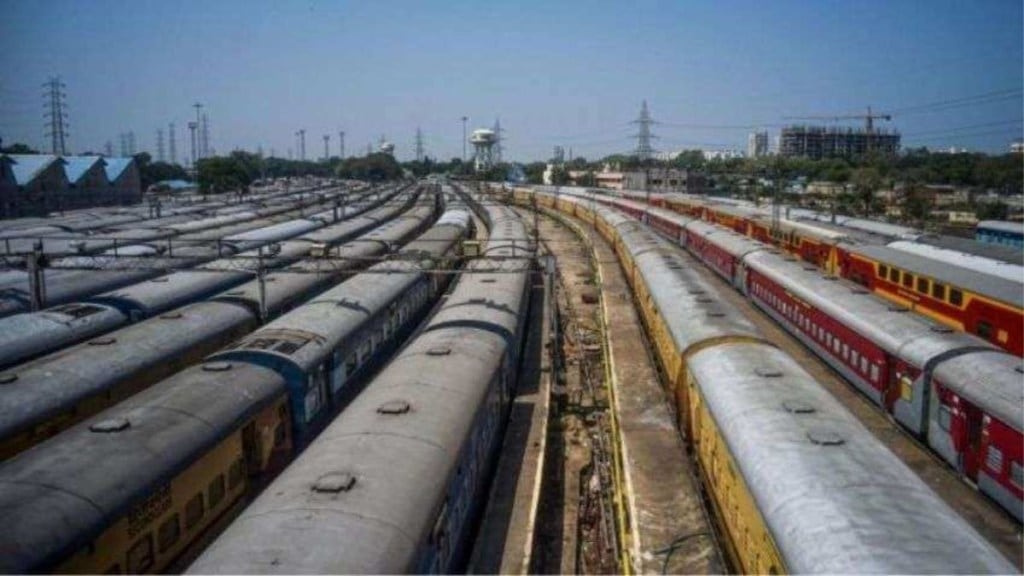Indian Railways is pushing forward with its ambition to become the world’s largest “Green Railways,” aiming for 100% electrification and net-zero carbon emissions. As part of this goal, the Northeast Frontier Railway (NFR) is accelerating electrification of the remaining un-electrified Broad-Gauge routes within its jurisdiction.
The NFR is leading the charge in this initiative, with 2,070.52 Route Kilometers (RKM) — around 64% of its total network of 4,260.52 RKMs — already electrified.
Among the northeastern states, Assam has seen the most progress, with 1,353.23 RKMs electrified, followed by Tripura with 151.59 RKMs, and smaller sections in Manipur, Meghalaya, and Nagaland.
Electrification progress in northeast states
In a statement from Kapinjal Kishore Sharma, Chief Public Relations Officer, it was revealed that the Northeast Frontier Railway (NFR) has electrified 2,070.52 route kilometers (RKMs), which accounts for 64% of its total network of 4,260.52 RKMs.
Among the eight northeastern states, 1,524.71 RKMs have been electrified so far, with Assam leading at 1,353.23 RKMs, followed by Tripura with 151.59 RKMs. Smaller sections have been electrified in Manipur, Meghalaya, and Nagaland.
Electrification to improve rail efficiency
Electrification is progressing in various sections of this zone, being carried out by IRCON India, RITES, and NFR Construction. This initiative is expected to significantly improve train transportation in the northeastern region, making it greener, more efficient, and faster.
The switch to electric power will greatly reduce emissions and help decrease the country’s reliance on crude oil imports, which are valued in foreign currency. These developments within Indian Railways are expected to bring environmental benefits, increase train frequency, and improve punctuality, as well as reduce delays caused by traction changes, ultimately enhancing the flow of rail traffic and train speeds.

